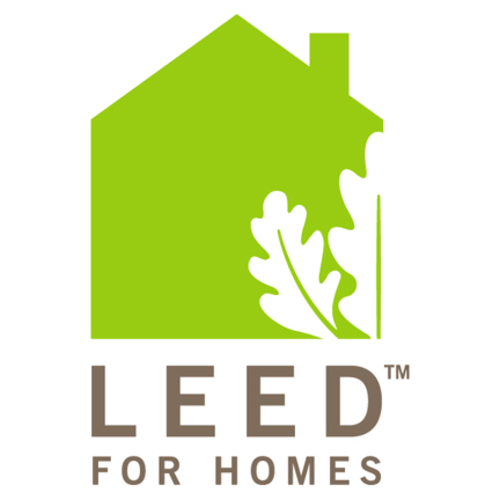I recently completed the green rater’s pre-drywall inspection on a LEED for homes project about a 1½ hour drive from where I live. It’s a very well done, modest house designed by an architect for his own, rapidly growing family. They are expecting their second child soon and look forward to moving into their new LEED home shortly after the new arrival.
My first impression on arriving at the job site was the flurry of activity – there were at least eight workers plugging away at siding, masonry, and building a deck on this fairly small house. A close look at the work they were doing made it clear that the builder runs a good operation. The jobsite was clean, workers cutting the fiber-cement siding were wearing appropriate protective gear, and the level of detail and quality of installation on the exterior trim were top-notch.
Inspectors making unreasonable demands
Inside, the framing was clean and matched up to the full set of documents and the cut list that the owner/architect prepared. They incorporated some good advanced framing techniques, including header hangers instead of jack studs, right-sized headers, and 19.2-inch-on-center framing.
They also used open corners and eliminated excess cripple studs under windowsills. Unfortunately, they were thwarted by an uninformed building inspector who made them install the unnecessary lumber in these locations. Apparently no amount of persuasion or letters from their engineers could change the inspector’s mind.
This is the first house I have worked on to use mini-split heat pumps for space conditioning. They are using the ducted cassettes, with two in the crawlspace and two in the attic for good zone control. Incorporated into all the duct systems is a central dehumidifier that will also provide whole-house ventilation – a good option in this relatively mild but humid climate.
Location, location, location
This house is right-sized, well conceived, and carefully built – things that I see to rarely in my work. The only thing that raises some concern is the location. At the edge of a recently developed subdivision, it isn’t in a walker-friendly area, and while there is a school nearby, all other amenities require driving (or unpleasant walking).
The location also raised another issue that doesn’t seem to come up in green building certifications. As the green rater on projects, I often drive as far as five hours to inspect my projects. Although I only visit a site a few times during the process, these long distances come with an environmental impact – one at least as important as the location of materials used in projects.
Is it time to consider travel distances into environmental impacts of LEED and other green-certified projects? I haven’t yet taken on any truly long-distance or international projects, but more distance means more transportation energy, and additional overall environmental impact on the job. I know that this issue isn’t addressed in the current or next version of LEED, but is it something to consider down the road?
Weekly Newsletter
Get building science and energy efficiency advice, plus special offers, in your inbox.















4 Comments
rater network needs expanding
Thanks for the article Carl. To address your concern of green rater transportation impacts (I have worked as GR on a few projects in Ontario, so can relate), while I think we should be encouraging less transportation costs whenever we can, I don't think green rater transportation impacts should factor into the LEED score. It's not fair to a builder that their house gets penalized in the system on account of a weak presence of green raters in their area. I believe this is a discrepancy that service providers need to address by expanding their network. It should ultimately be in the SO's best interest to expand coverage, since this will reduce transportation/verification costs for more projects, and LEED certification will become more accessible and affordable to prospective clients.
Another good article
However, I think it would be useful for you to include cost figures for these projects. There are many people following this site trying to figure out if or when they might be able to pursue certain projects or a new home and when it comes to new construction or retrofits, costs are paramount, especially considering the spread across the various projects we see. What would it cost to build a house such as this one minus the land it sits on?
Cost
Brian M,
I am the owner/architect of this house and to answer your question it cost around $136.00/sf (225k for 1650sf). The garage, which I initially didn't even want, but my wife and the homeowners association said I had to have, cost 35k so it is really more like $115.00. The expensive parts of the building are mainly cosmetic. I have some very nice craftsman type details which were a premium, but items related to LEED totaled about 15k. That included upgrading the plumbing to pex (upinor), upgrading to the mini cassettes for the HVAC, and upgrading the insulation to spray foam. I expect the ROI on those pieces to be 3-6 years.
Hope this helps.
Thanks Mark
Its a great looking house and at that price, quite reasonably priced so that is good to hear. Do you have a website where I can find out more about the house and design project?
Log in or create an account to post a comment.
Sign up Log in